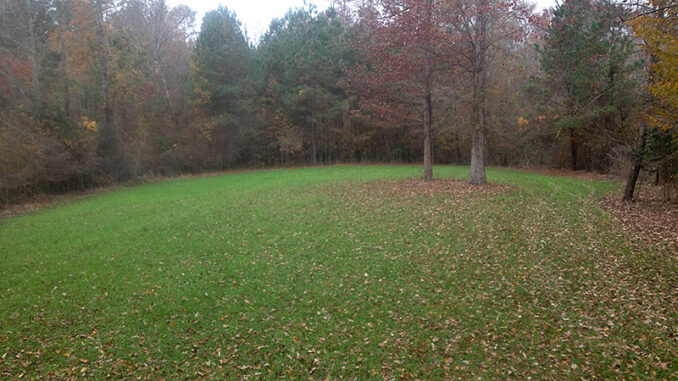
Who would plant anything in December? Only somebody that wants to bring the deer into their land for the last month of the season, and then to feed them throughout the winter. If you plant the right seed option, they will come!
Deer season comes in early in the Carolinas. Many hunters will prepare early with lush food plots filled with trophy soybeans, brassicas, varieties of peas, and a whole laundry list of items that can grow exceptionally well in the late summer/early fall because everybody knows, it really doesn’t get too chilly until late October and early November. We rarely see the first frost until a few weeks before November 1st.
And for most hunters and land managers, planting season is long gone by December. But one cereal grain can do very well if planted this month. And it shouldn’t be ignored. It can be a huge benefit for hunters and for the wildlife themselves after the season ends on the first day of January.
Winter rye grain can be planted in December anywhere in North or South Carolina. The deer, turkeys, and other wildlife will absolutely love you for it.
Let’s face it, most of the beautiful fields of green in everybody’s food plots are drying up from heavy browsing. And really, most deer hunters have either harvested their hit list buck or are succumbing to the effects of a 4-month season. But the season isn’t over yet and some food plot opportunities are available for hunters looking to make a late season hot spot.
Get it planted
Winter rye can be planted about any place with partial to full sun. While many grains and seeds require warm soil conditions, winter rye will germinate at very low soil temperatures. Believe it or not, these seeds will germinate in soils that are just over freezing. But don’t count on it to grow very well at temperatures that low. Fortunately for Carolina hunters, the soil temperatures rarely get that cold in the winter and even more rarely in December.
Typically, soil temperatures average in the mid-40s to low 50s in December across most of our states. After being established, rye can withstand sub-zero temperatures since they are deep rooted and are tolerant of cold weather.
Winter rye is also a food plotter’s best friend because rye can grow in nearly any soil type, including sands, clays, and every loamy soil in between. And rye can grow in soils with pH ranges between 4.5 and 8.0. Of course, rye prefers a pH between 5.0 and 7.0 and loamy soils are the best homesites for winter rye.
Raw protein
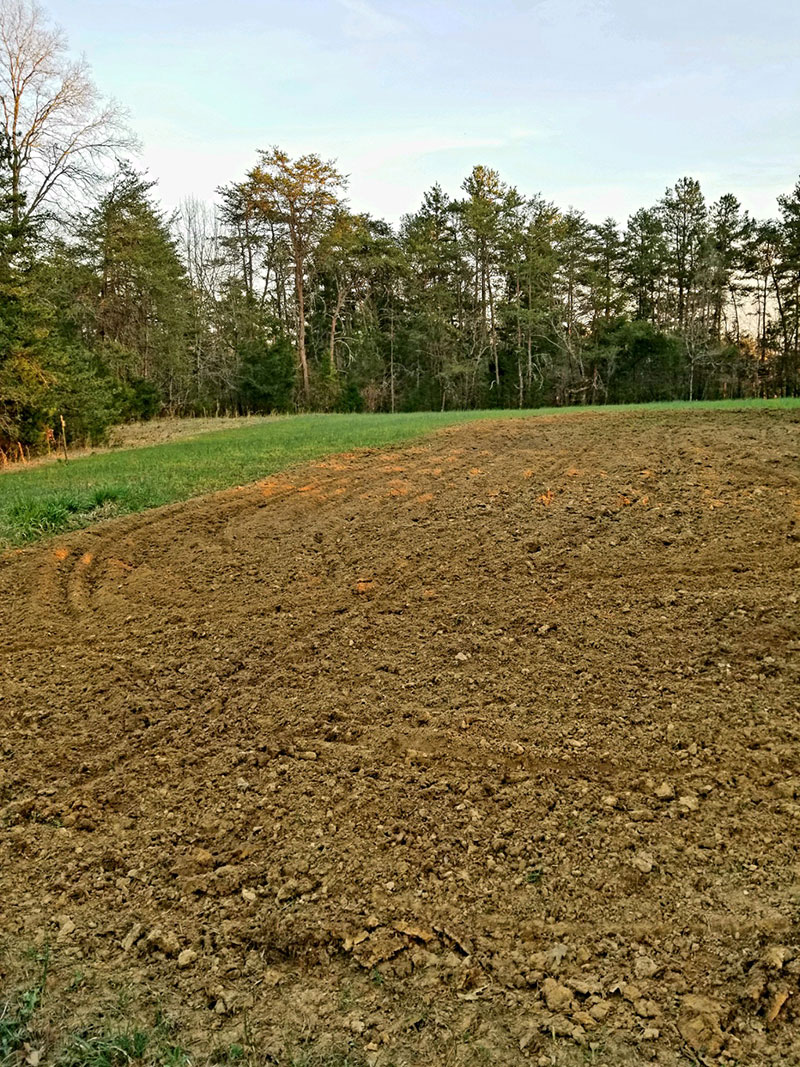
Not only will hunters love rye, the deer will love it too and especially when it is newly established. The tender shoots of green are nutritious, including 15 to 25 percent raw protein.
Establishing a plot of rye is easy and inexpensive. The hardest part is preparing the seed bed. A deep and well-prepared seedbed is recommended.
Disking up the soil well can make a big difference in how well these seeds grow and flourish over the winter months. Even though the seeds and shoots are small, they grow deep roots. And a well-prepared seedbed can assist these small plants to venture deep into the soil.
Seeds should be broadcasted at a rate of 100 pounds per acre and should be lightly covered with a chain harrow or the high setting on the disk harrow.
While not necessary, a general fertilizer can be used to fuel growth such as 13-13-13 at a rate of 300 pounds per acre. Seeds will germinate quickly after planting and with full sun for 6 to 8 hours of the day, the plot will green up and create a solid late season food plot for the deer and other wildlife.
Natural food sources are drying up this time of year. And as the weather continues to bring cooler weather and frosty nights, deer and other wildlife are searching for dense food sources.
While hunters can tote in a few thousand pounds of corn to finish up the season, the winter rye will provide excellent nutrition that will provide food through December, and will also feed wildlife for the rest of the winter. Winter rye is just the perfect late season food plot seed.

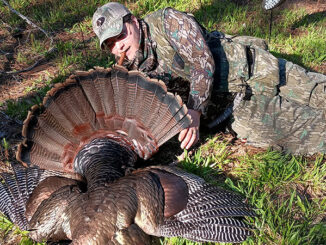
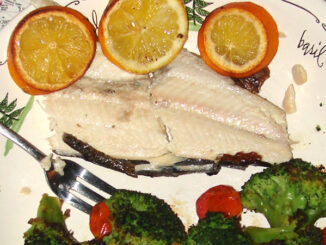
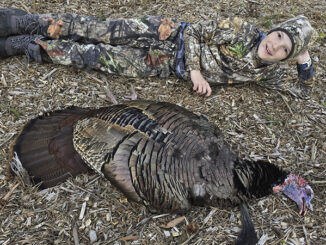

Be the first to comment